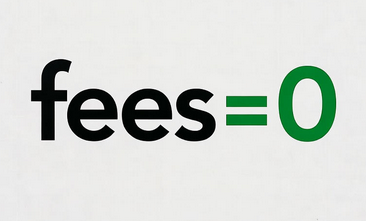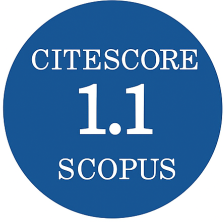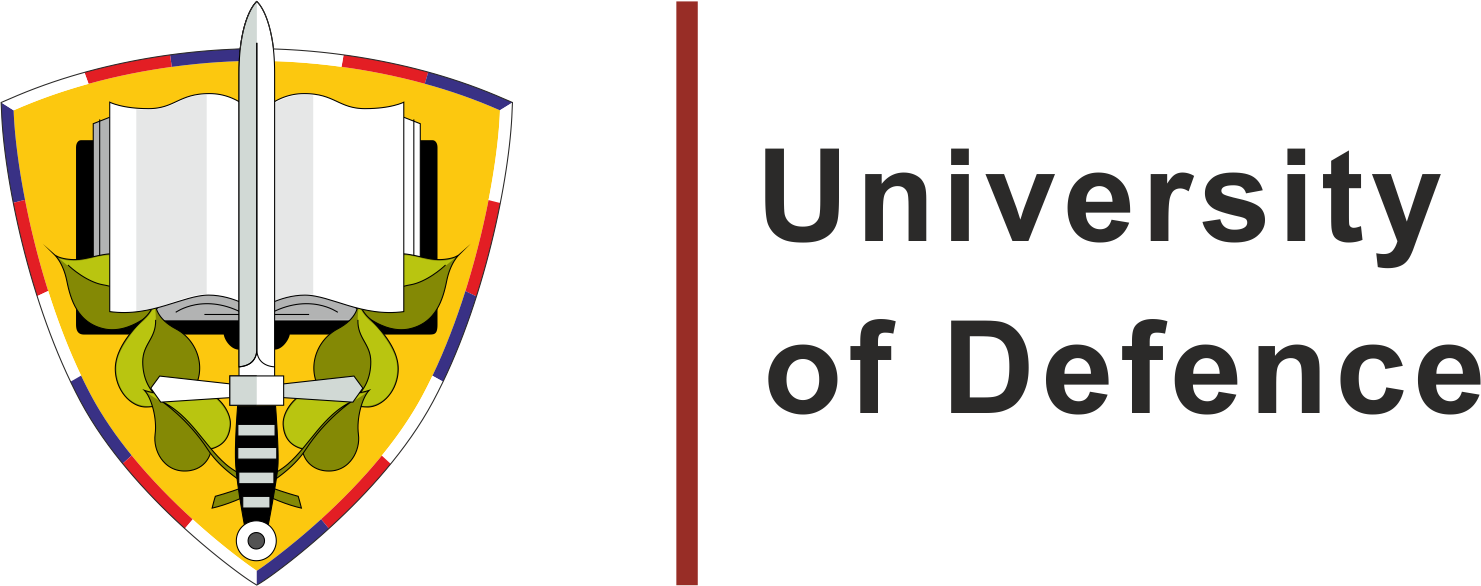Design of a Low Frequency, Wideband Tonpilz Transducer for Sonar Applications
DOI:
https://doi.org/10.3849/aimt.01971Keywords:
Tonpilz transducer, sonar, underwater transducer, low-frequency, finite element modelAbstract
Tonpilz transducers are the most widely used transducers for sonar applications due to their good acoustic performance, simple construction, ease of array formation and long service life. However, the large size and mass required for low-frequency transducers limit their typical use to frequencies above 2 kHz. Another limitation is its low bandwidth. In this paper, an attempt is made to design a transducer with a resonance frequency of 1 kHz and a source level of 190 dB or more with a useful bandwidth of more than two octaves. The finite element method is used to model the transducer and to study the effect of important parameters on Transmitting Voltage Response (TVR). Based on the study an optimum design is proposed. The studies reveal that the dimensions of the piezoceramic stack and head mass significantly affect TVR.
References
SHERMAN, C. and J. BUTLER. Transducers and Arrays for Underwater Sound. New York: Springer, 2007. ISBN 978-0387-32940-6.
ROUFFAUD, R., C. GRANGER, A.-C. HLADKY-HENNION, M.P. THI and F. LEVASSORT. Tonpilz Underwater Acoustic Transducer Integrating Lead-Free Piezoelectric Material. International Congress on Ultrasonics, 2015, 70, pp. 997-1001. https://doi.org/10.1016/j.phpro.2015.08.208
STANSFIELD, D. Underwater Electroacoustic Transducers. Bath: Bath University Press and Institute of Acoustics, 1990. ISBN 0-86197-082-9.
DHILSHA, R., P.M. RAJESHWARI and S. ZACHARIA. Development of Wideband Underwater Acoustic Transducers. Current Science, 2020, 118(11), pp. 1702-1706. https://doi.org/10.18520/cs/v118/i11/1702-1706
MOSCAA, F., G. MATTE and T. SHIMURA. Low-Frequency Source for Very Long-Range Underwater Communication. Journal of Acoustical Society of America, 2013, 133(1), pp. 61-67. https://doi.org/10.1121/1.4773199
INOUE, T., T. NADA, T. TSUCHIYA, T. NAKANISHI, T. MIYAMA, S. TAKAHASHI and M. KONNO. Tonpilz Piezoelectric Transducers with Acoustic Matching Plates for Underwater Colour Image Transmission. In: H. SHIMIZU, N. CHUBACHI and J. KUSHIBIKI, eds. Acoustical Imaging. Boston: Springer, 1989, pp. 597-607. ISBN 1-4612-8084-2.
CROMBRUGGE, V.M. and W. THOMPSON, Jr. Optimization of the Transmitting Characteristics of a Tonpilz-Type Transducer by Proper Choice of Impedance Matching Layers. Journal of Acoustical Society of America, 1985, 77, pp. 747-752. https://doi.org/10.1121/1.392344
HYUNKI, K. and R. YONGRAE. Design, and Fabrication of a Wideband Tonpilz Transducer with a Void Head Mass. Sensors and Actuators A: Physical, 2016, 239(1), pp. 137-143. https://doi.org/10.1016/j.sna.2016.01.029
RODRIGO, G.C. and M. REDWOOD. Analysis and Design of Piezoelectric Sonar Transducers [Thesis] [online]. Queen Mary College, London, 1970. [viewed 2024-10-12]. Available from: https://qmro.qmul.ac.uk/xmlui/bitstream/handle/123456789/1712/RODRIGOAnalysisAnd1970.pdf?sequence=1
EBENEZER, D.D. and M.R. SUBASHCHANDRABOSE. Wideband Tonpilz Transducers. In: Proceedings of ICONS 2002 International Conference on Sonar-Sensors and Systems (2). Cochin: Allied Publishers, 2002, pp. 733-740. ISBN 81-7764-381-9.
THOMPSON, S.C., M.P. JOHNSON, E.A. MCLAUGHLIN and J.F. LINDBERG. Performance, and Recent Developments with Doubly Resonant Wideband Transducers. In: M.D. McCOLLUM, B.F. HAMONIC and O.B. WILSON, eds. Transducers for Sonics and Ultrasonics. Orlando: Technomic Publishing, 1992, pp. 239-249. ISBN 978-0-87762-993-1.
BUTLER, S.C. Development of a High-Power Broadband Doubly Resonant Transducer (DRT). In: UDT 2001 Conference Proceedings, 2001, pp. 5-30.
SEONGHUN, P., M.H. AFZAL, Y. LIM, S. LEE and Y. ROH. Design of a Wideband Tonpilz Transducer Comprising Non-Uniform Piezoceramic Stacks with Equivalent Circuits. Sensors, 2021, 21(8), 2680. https://doi.org/10.3390/s21082680
BUTLER, J.L., J.R. CIPOLLA and W.D. BROWN. Radiating Head Flexure and its Effect on Transducer Performance. Journal of Acoustical Society of America, 1981, 70, pp. 500-503. https://doi.org/10.1121/1.386794
QINGSHAN, Y. and J.F. BJØRNØ. Broadband Tonpilz Underwater Acoustic Transducers Based on Multimode Optimization. IEEE Transactions on Ultrasonics, Ferroelectrics and Frequency Control, 1997, 44(5), pp. 1060-1066. https://doi.org/10.1109/58.655631
WOOLLETT, R.S. Basic Problems Caused by Depth and Size Constraints in Low-Frequency Underwater Transducers. Journal of Acoustical Society of America, 1980, 68, pp. 1031-1037. https://doi.org/10.1121/1.384985
POLAT, K., M. SANSALB, I. TATARB, C. DURANC and S. ORHANA. Vibro-Acoustic Design, Manufacturing and Characterization of a Tonpilz-type Transducer. Applied Acoustics, 2019, 150, pp. 27-35. https://doi.org/10.1016/j.apacoust.2019.02.003
COMSOL Multiphysics Reference Manual [online]. 2023 [viewed 2024-10-12]. Available from: https://doc.comsol.com/6.2/doc/com.comsol.help.comsol/COMSOL_ReferenceManual.pdf
KINSLER, L.E., A.R. FREY, A.B. COPPENS and J.V. SANDERS. Fundamentals of Acoustics. New York: Wiley, 2000. ISBN 0-471-84789-5.
BUTLER, S.C. Properties of Transducers: Underwater Sound Sources and Receivers. NUWC-NPT Technical Document No. 12289 [online]. 2018, pp. 10-12. [viewed 2024-10-12]. Available from: https://apps.dtic.mil/sti/tr/pdf/AD1068326.pdf
Downloads
Published
Issue
Section
Categories
License
Copyright (c) 2025 Advances in Military Technology

This work is licensed under a Creative Commons Attribution-NonCommercial 4.0 International License.
Authors who publish with this journal agree to the following terms:
1. Authors retain copyright and grant the journal right of first publication with the work simultaneously licensed under a Creative Commons Attribution License that allows others to share the work with an acknowledgement of the work's authorship and initial publication in this journal.
2. Authors are able to enter into separate, additional contractual arrangements for the non-exclusive distribution of the journal's published version of the work (e.g., post it to an institutional repository or publish it in a book), with an acknowledgement of its initial publication in this journal.
3. Authors are permitted and encouraged to post their work online (e.g., in institutional repositories or on their website) prior to and during the submission process, as it can lead to productive exchanges, as well as earlier and greater citation of published work.
Users can use, reuse and build upon the material published in the journal for any purpose, even commercially.






